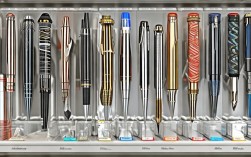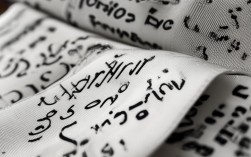Wine has been a symbol of culture, celebration, and sophistication for centuries. Whether you're a sommelier, a casual drinker, or simply someone who appreciates the finer things in life, understanding the language of wine can deepen your appreciation. This guide explores the most elegant and useful English words related to wine, helping you describe flavors, aromas, and experiences with precision.
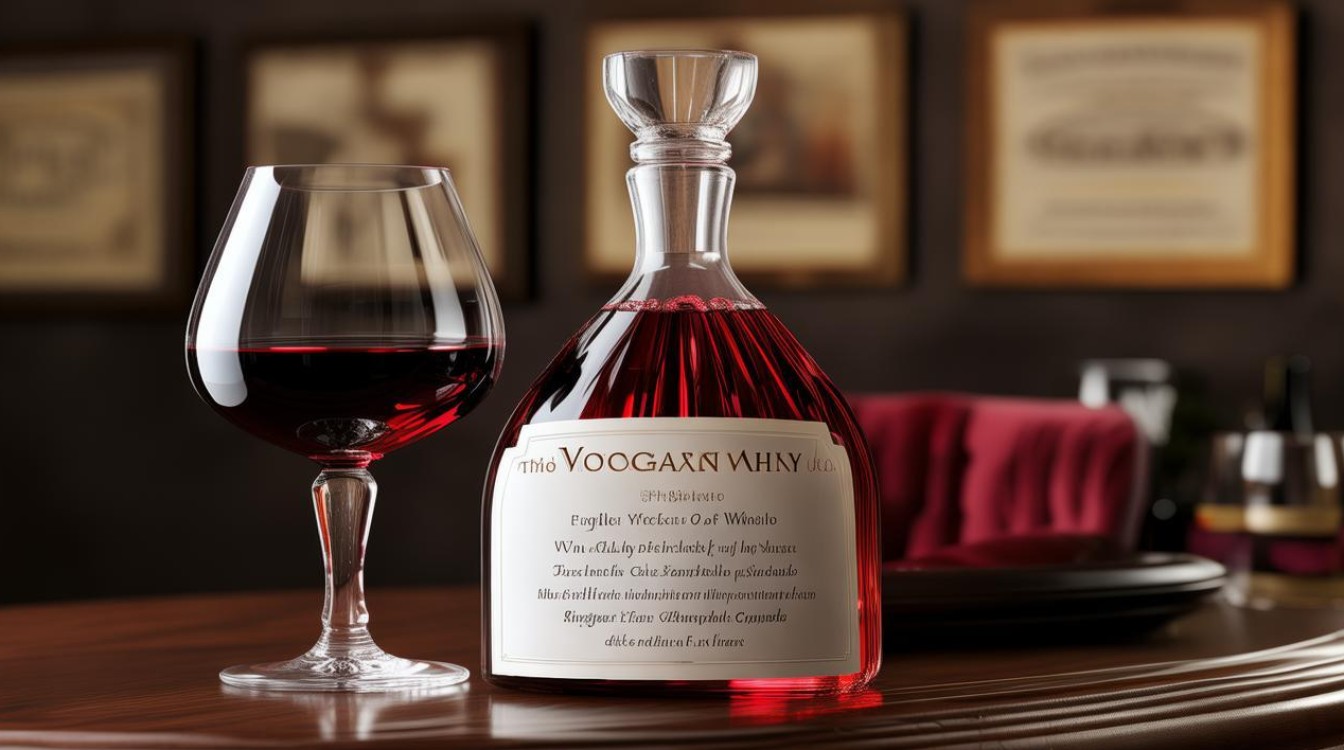
Aroma & Bouquet
A wine's aroma refers to the scents derived from the grape variety itself, while bouquet describes the complex fragrances developed during aging. A well-aged Bordeaux might have a bouquet of leather, tobacco, and dried fruit, while a young Sauvignon Blanc offers a fresh aroma of citrus and grass.
Tannins
Tannins are natural compounds found in grape skins, seeds, and stems, contributing to a wine's structure and mouthfeel. A high-tannin wine, like Cabernet Sauvignon, feels dry and grippy, while a low-tannin wine, such as Pinot Noir, feels smoother.
Terroir
This French term (pronounced teh-wahr) refers to the environmental factors—soil, climate, topography—that influence a wine's character. A Chardonnay from Burgundy tastes different from one grown in California due to terroir.
Vintage
A vintage indicates the year the grapes were harvested. Exceptional years produce highly sought-after wines, while poor weather can result in weaker vintages.
Decanting
The process of pouring wine into a decanter to separate sediment and allow aeration. Young, bold reds like Barolo benefit from decanting, which softens tannins and enhances flavors.
Sommelier
A trained wine expert who curates wine lists, recommends pairings, and ensures optimal serving conditions. A skilled sommelier can elevate a dining experience with perfect selections.
Legs (or Tears)
The streaks of wine that form on the inside of a glass after swirling. While often mistaken as a sign of quality, legs actually indicate alcohol content—thicker streaks suggest higher alcohol.
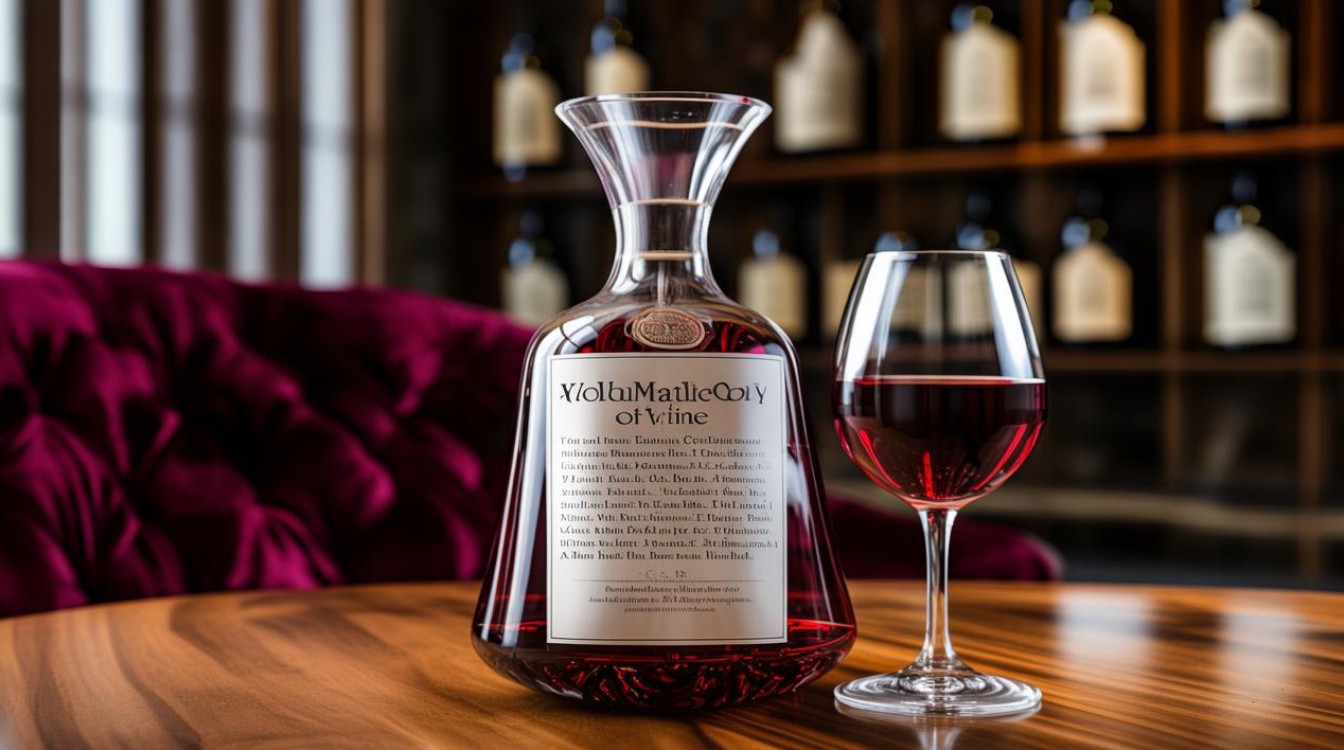
Oaky
Wines aged in oak barrels develop oaky notes—vanilla, spice, or toastiness. Chardonnay and Rioja often exhibit this characteristic.
Crisp
A refreshing, high-acid wine, like a dry Riesling or Sauvignon Blanc, is described as crisp. These wines pair beautifully with seafood and salads.
Full-bodied
Wines with rich texture and intense flavors, such as Shiraz or Napa Valley Cabernet, are full-bodied. They leave a lasting impression on the palate.
Minerality
A subtle, stony quality in wine, often found in whites like Chablis or Riesling. Minerality suggests the influence of rocky soils.
Finish
The lingering taste after swallowing. A long finish is a hallmark of fine wine, with flavors that persist for several seconds.
Corked
A spoiled wine contaminated by a faulty cork emits a musty, wet cardboard smell. A corked bottle should be returned.
Enophile
A passionate wine lover. If you spend hours discussing tannin structure or hunting rare bottles, you might be an enophile.
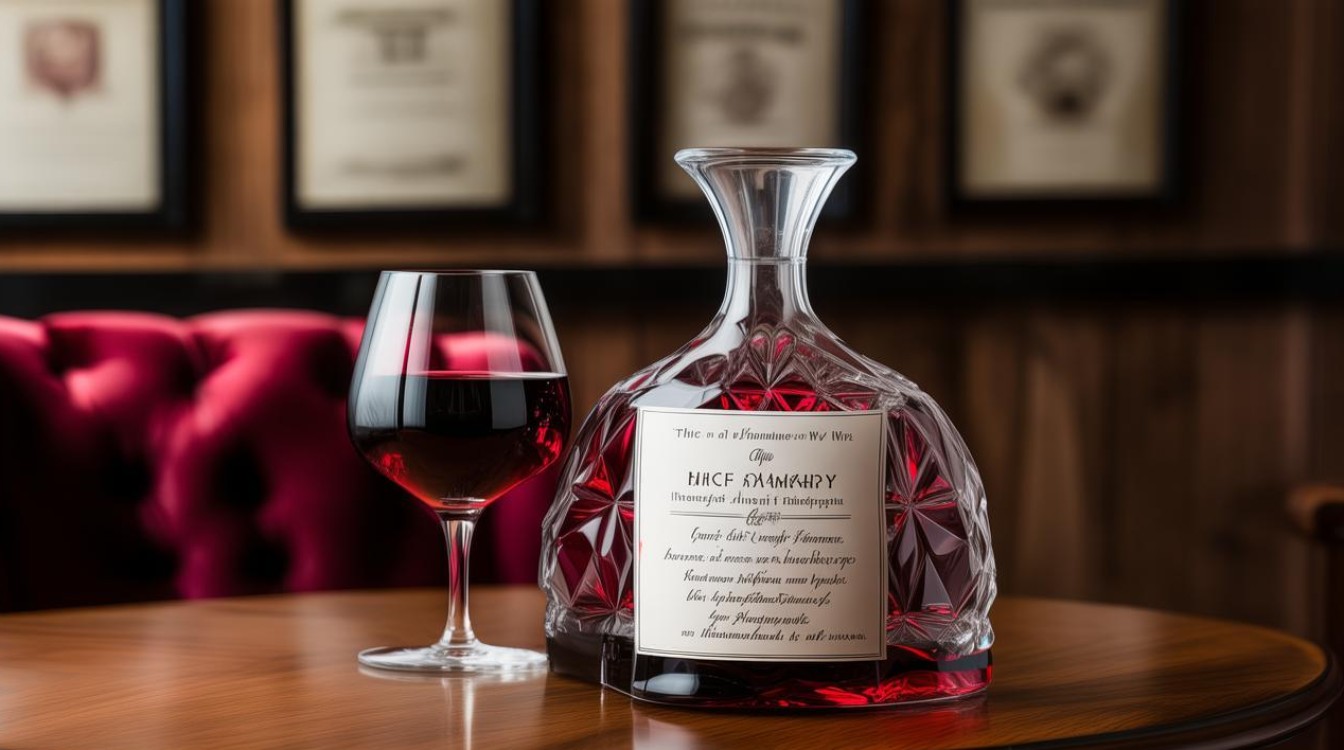
Blend
A wine made from multiple grape varieties. Bordeaux reds are classic blends of Merlot, Cabernet Sauvignon, and Cabernet Franc.
Dry vs. Sweet
Dry wines have minimal residual sugar, while sweet wines, like Port or Sauternes, are rich and dessert-like.
Earthy
Wines with earthy notes evoke forest floor, mushrooms, or damp soil. Old-world Pinot Noir often displays this profile.
Nose
A term for a wine’s overall smell. A complex nose might reveal layers of fruit, spice, and floral hints.
Claret
A British term for Bordeaux red wine. Historically light-bodied, modern clarets can be robust.
Spritzy
A slight effervescence, often found in Vinho Verde or young Rieslings. Spritzy wines are lively and refreshing.
Jammy
Fruit-forward wines with concentrated berry flavors, like Zinfandel, are called jammy.
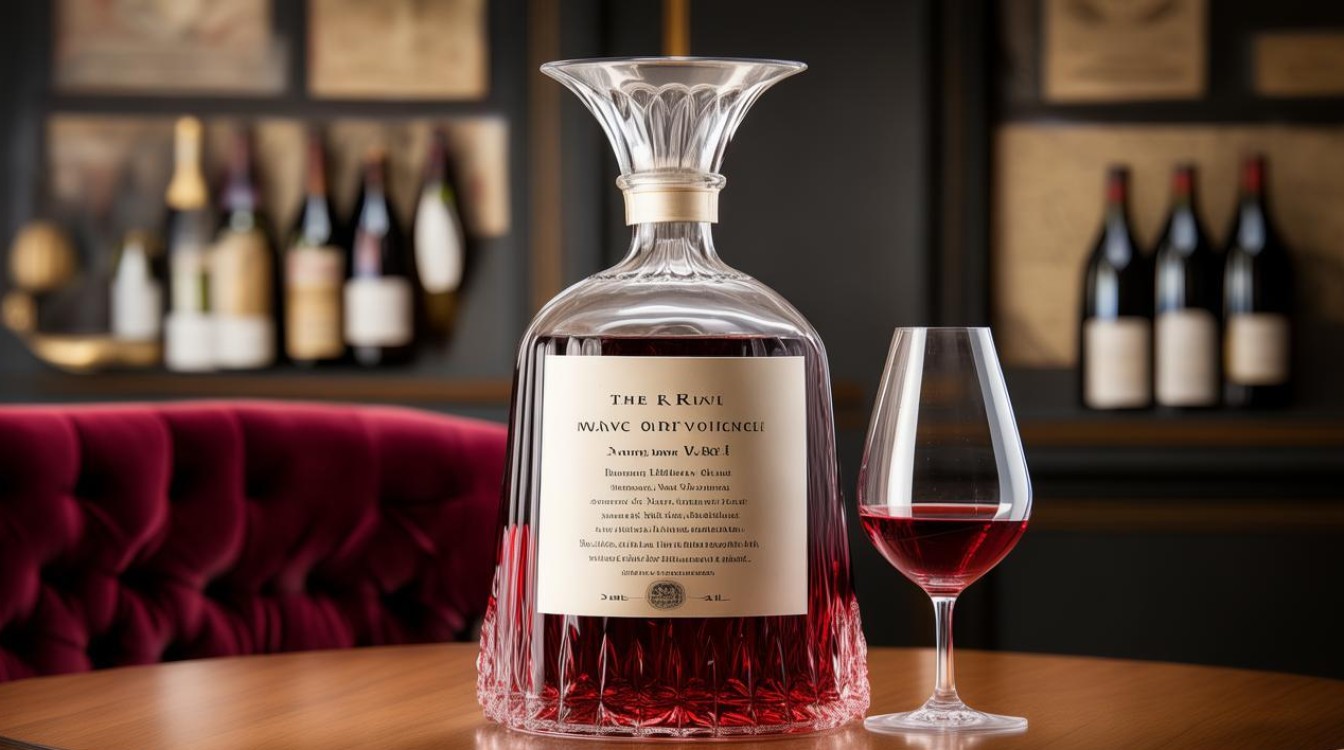
Muted
A wine with subdued aromas may be muted, possibly due to temperature or recent bottling.
Unfiltered
Wines bottled without filtration retain more texture and flavor. Natural wine enthusiasts prefer unfiltered varieties.
Herbaceous
Wines with green, vegetal notes—think bell pepper in Cabernet Franc—are herbaceous.
Velvety
A smooth, lush texture, often found in Merlot or aged Burgundy, is described as velvety.
Mastering these terms enhances tasting experiences and conversations about wine. Whether describing a bold Malbec or a delicate Champagne, the right vocabulary brings clarity and appreciation to every sip.
Wine is more than a drink—it’s a language of its own. The more words you know, the richer your enjoyment becomes. Cheers to expanding your vinous lexicon!

